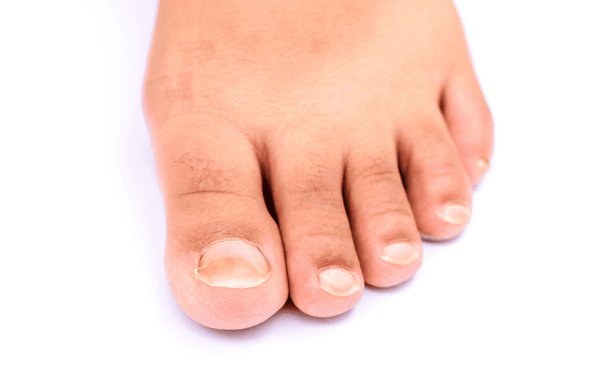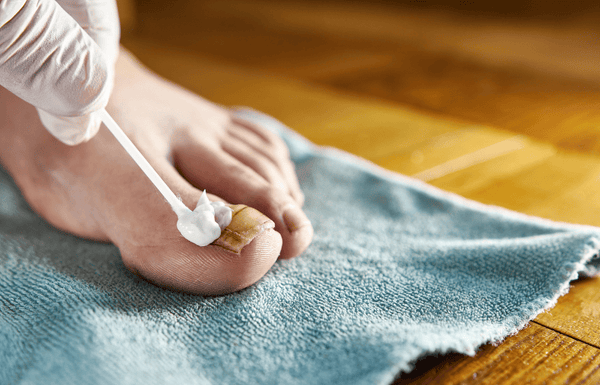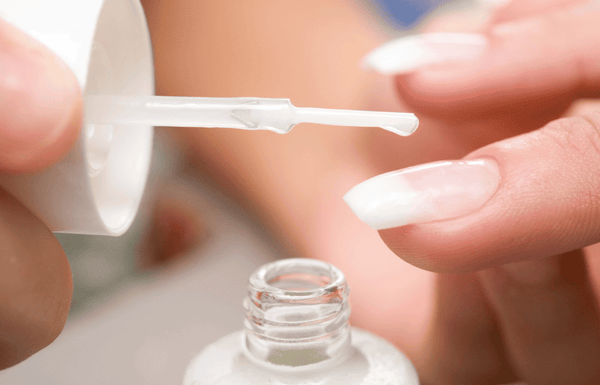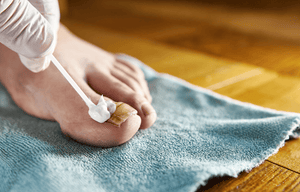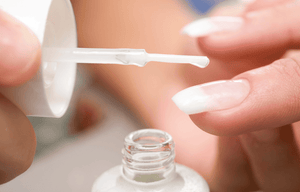
Fungal infections are an insidiously common health issue, affecting millions of people worldwide every single day. From the intense itching of athlete's foot to the unsightly discoloration of nail fungus, these infections are often troublesome, to say the least.
The thing is, even though many cases are easily treatable, some people find that these infections keep coming back despite their best efforts.
Read on to find out the causes of fungal infections and explore the most effective antifungal treatments for skin and nail beds available. By understanding what causes fungal infections on the skin and knowing how to address them, you can move forward toward relief.
What Are Fungal Infections?
Fungal infections are caused by microscopic organisms called fungi. These organisms are everywhere in the environment, and while many are harmless, some can cause infections when they invade the body.
Fungi that commonly cause skin fungus include dermatophytes, yeasts like candida, and less frequently, molds. They can affect various parts of the body, but often target skin, nail beds, and mucous membranes. Some of the most common fungal infections include:
- Athlete's foot
- Nail fungus (Onychomycosis)
- Ringworm
- Jock itch
- Yeast infections (Candida-related)
What Are the Top Causes of Fungal Infections?
Warm, Moist Environments
Fungi thrive in warm, moist places, making these areas ideal breeding grounds for infection. Examples include gym locker rooms and showers, swimming pools, areas with excessive sweating, like sweaty socks and clothing, and skin folds that collect sweat on the body.
Weakened Immune System
A healthy immune system can fight off fungal invaders. However, a weakened immune system makes you more susceptible to fungal infections. People with certain medical conditions like HIV/AIDS, diabetes, and some cancers, those on immunosuppressive medications, and individuals who’ve used steroids long-term are particularly at risk.
Poor Foot or Nail Bed Hygiene
Inadequate hygiene practices can significantly increase the risk of fungal infections. These practices include not drying your feet thoroughly, especially between the toes, and wearing occlusive shoes and socks that don't allow your feet to breathe. Using contaminated nail clippers or other grooming tools is another risk factor for fungal growth.
Skin Injuries or Cracks
Fungi can easily enter the body through any break in the skin. This includes small cuts, scrapes, or abrasions, cracked or dry skin, and hangnails.
Underlying Conditions
Certain health conditions can create an environment more favorable for fungal growth or make it harder to fight off infection. These include diabetes, obesity, and circulatory problems.
Frequent Use of Antibiotics or Steroids
These medications can disrupt the natural balance of microorganisms in the body. For example, antibiotics kill bacteria, but they also eliminate the "good" bacteria that help keep fungi in check, allowing fungi to overgrow. Steroids can suppress the immune system, making it easier for fungi to establish an infection.
Skin Fungus Symptoms to Watch For
- Itching, redness, or burning
- Dry, flaky, or cracked skin
- Discolored or thickened nail beds
- Rash with raised borders
- Odor or persistent discomfort
The Best Anti-Fungal Treatments That Work
Fortunately, several antifungal treatments are available, and the best treatment for you will depend on the type and severity of your infection:
Topical Creams & Sprays
First up is topical antifungal medication that is applied directly to the skin or nail beds. These creams and sprays are often effective for mild to moderate fungal infections.
OTC creams are readily available at pharmacies and are often the first line of defense against fungal infections. Common active ingredients include clotrimazole, terbinafine, and miconazole.
For more stubborn or severe infections, your doctor may prescribe stronger topical medications, such as ketoconazole or ciclopirox.
Finally, nail lacquers are specially formulated antifungal solutions that are applied to the nail bed and surrounding skin like nail polish can be effective for mild cases of nail fungus.
Oral Antifungal Medications
Oral antifungal medications are taken in pill or liquid form. They are typically used for severe fungal infections, widespread infections, and nail infections, which are often difficult to treat with topical medications alone.
Common oral antifungal medications include terbinafine, itraconazole, and fluconazole. These medications can have potential side effects, including liver problems and drug interactions and thus require close medical supervision.
Laser Therapy
Laser therapy is a non-invasive treatment option primarily used for nail fungus that targets the fungus with a specific wavelength of light. The result is an improvement in appearance of the skin surrounding the nail over time.
While not effective for everyone, laser therapy can be a good alternative for people who cannot take oral medications or prefer a treatment with fewer side effects.
Combination Therapy
For stubborn or severe fungal infections, a combination of treatments may be the most effective approach. For instance, using both oral and topical antifungal medications and/or combining different topical medications can attack the fungus from multiple angles, increasing chances of complete eradication.
5 Tips for Preventing Reinfection
No one wants skin fungus to come back, but these types of infections are notoriously contagious and stubborn. Here are some key tips on how to prevent recurring fungal infections:
- Keep hands and feet clean and dry.
- Change socks daily and wear breathable shoes.
- Disinfect shoes, shower floors, and grooming tools.
- Avoid sharing towels, socks, or nail clippers.
- Treat the infection fully.
When to See a Doctor
Even though many fungal infections can successfully be treated at home, sometimes it’s time to pay the doctor a visit for more stubborn cases. Here’s when to call your physician:
Number one, if your symptoms don't start to get better after using over-the-counter medications for the recommended time, see a doctor.
If the infection spreads, becomes painful, or returns frequently, these can be signs of a more serious infection or an underlying problem that needs to be immediately addressed.
If you have underlying health conditions like diabetes, you may be more prone to fungal infections and require specialized treatment.
Finally, if you're unsure if the issue is fungal or something else, a doctor can accurately diagnose your condition and recommend the appropriate treatment
Treating Fungal Infections at Home
Remember that fungal infections are a common but often treatable condition. If you're dealing with a persistent or severe fungal infection, don't hesitate to consult a dermatologist or podiatrist who can provide a definitive diagnosis and recommend treatment.
For at-home treatment, try Dr. Antifungus doctor-formulated soaks and spraysfor the fastest, effective relief without a prescription!
